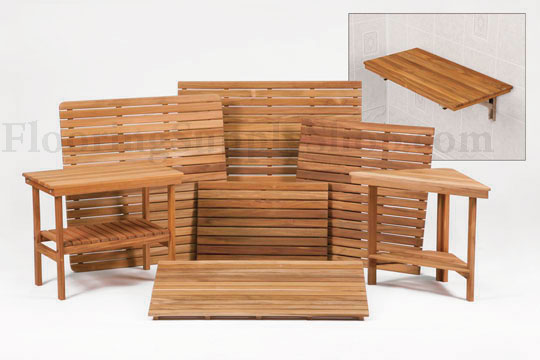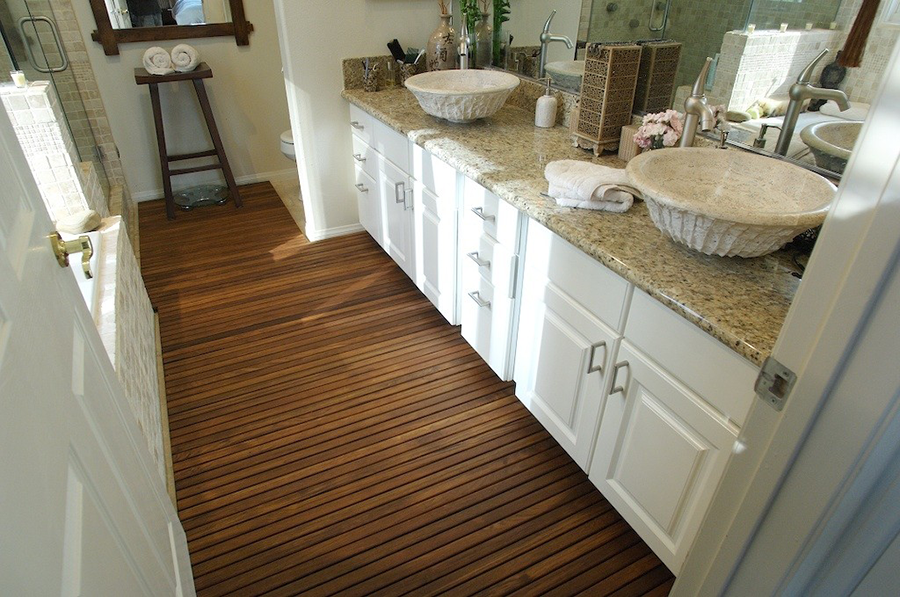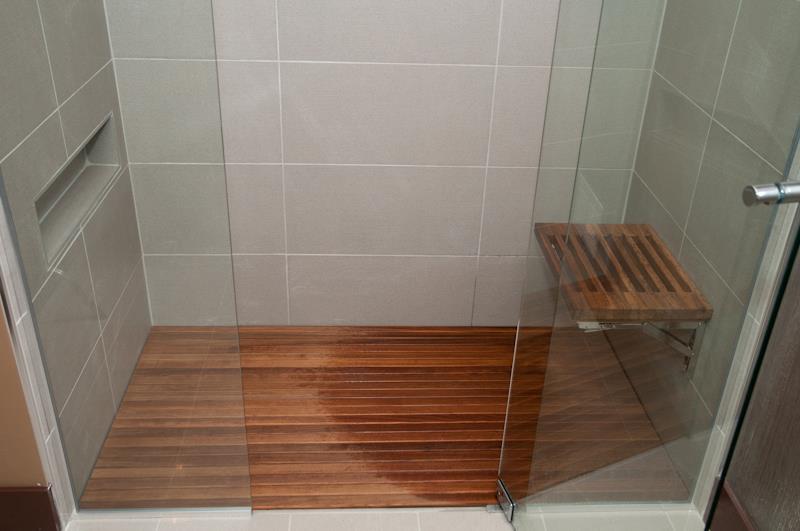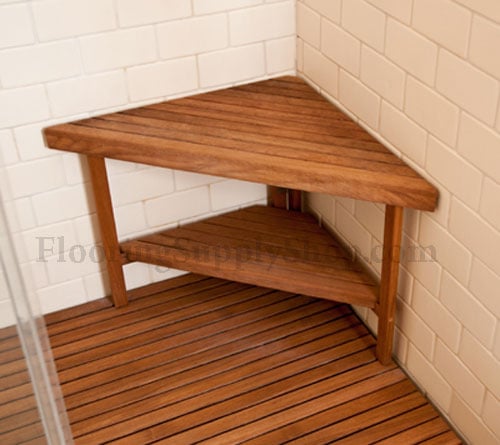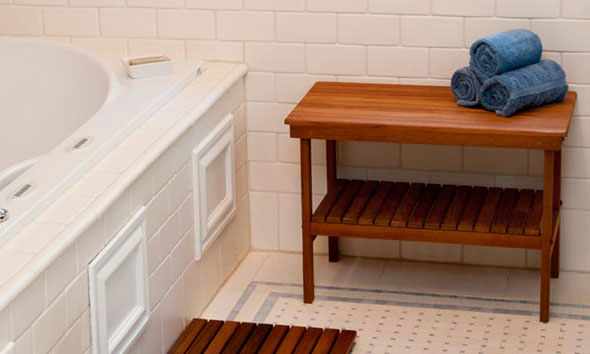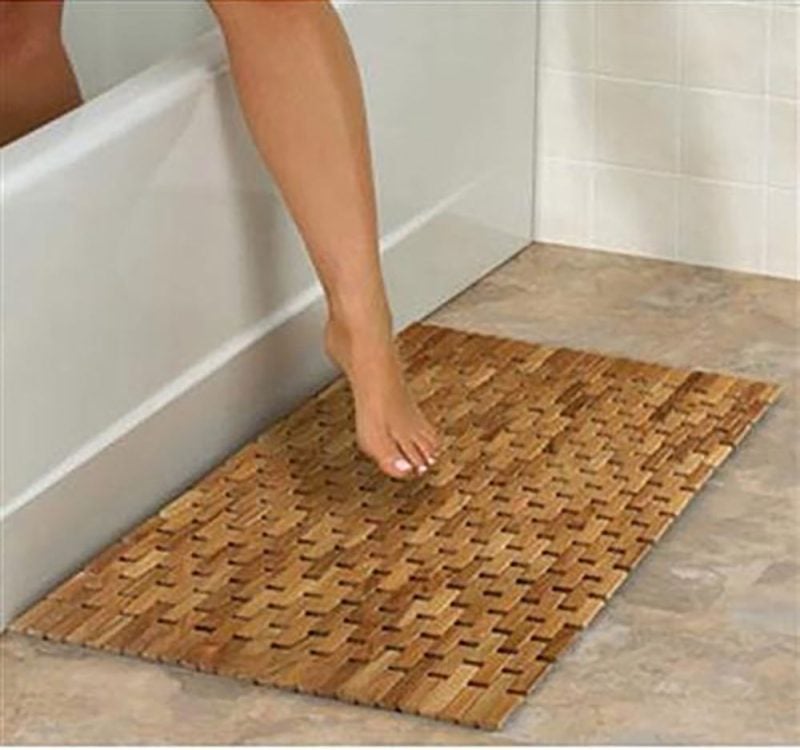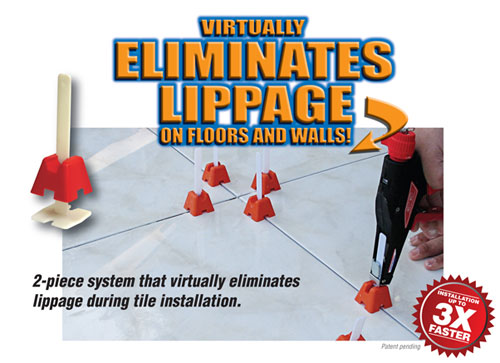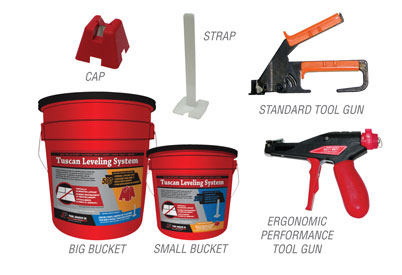Choosing the Best Basement Heating Options for Your Home
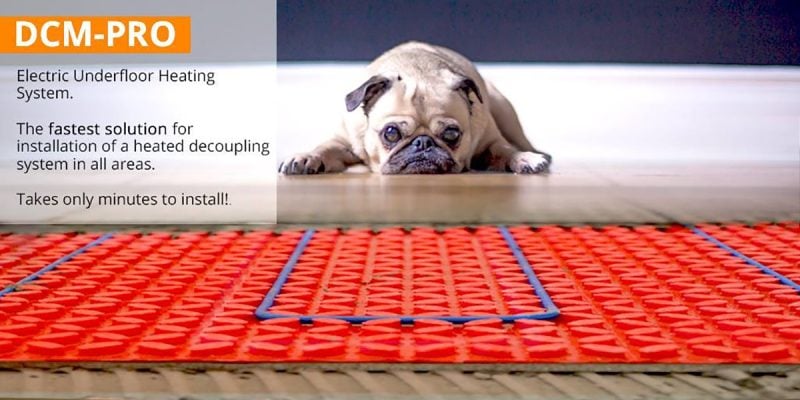
Basements are often seen as cold and dark spaces, but your home doesn’t have to live up to this cliché! If you want to add some heat to your home but aren’t sure where to start, these are the top tips for picking the best basement heating option for your home.
4 Reasons Why Radiant Floor Heating is the Best Solution for Basements
Since a basement is naturally cool in the summer, the next expense is providing the right heating solution to make the basement comfortable in the winter. You could add-on to your existing HVAC system or install electric baseboards, but neither of these solutions can provide the clean, quiet and efficient heat that an electric radiant floor heating system provides.
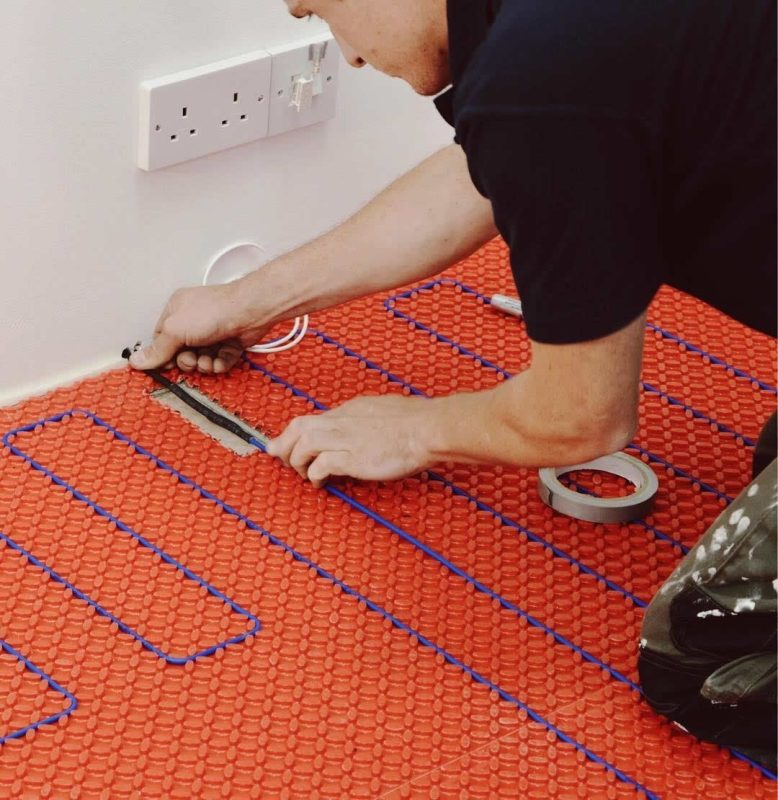
In addition to being easy to install and competitively priced with most heating options, radiant floor heating provides:
- Low Long-Term Costs
Electric radiant floor heating systems with zone controlling thermostats are economical to operate because they heat the entire room quickly and evenly. You can control the heat in each room individually, so there is no wasted electricity by heating areas that are not being used. This translates into lower utility bills over the long-term.
- Minimal Equipment
Everything needed to operate the system is below the floor. There are no large, noisy outside mechanical units required to produce the heat, and no fans or pumps running inside the basement to keep you awake at night.
- No Maintenance
Once the system is installed, there are no parts that require upkeep.
- Reliable and Consistent Heating Source
Electric radiant floor heat is almost as simple as set and forget. With the right programmable thermostat installed, the system operates by itself, turning off and on as needed, maintaining your desired temperature range 24/7.
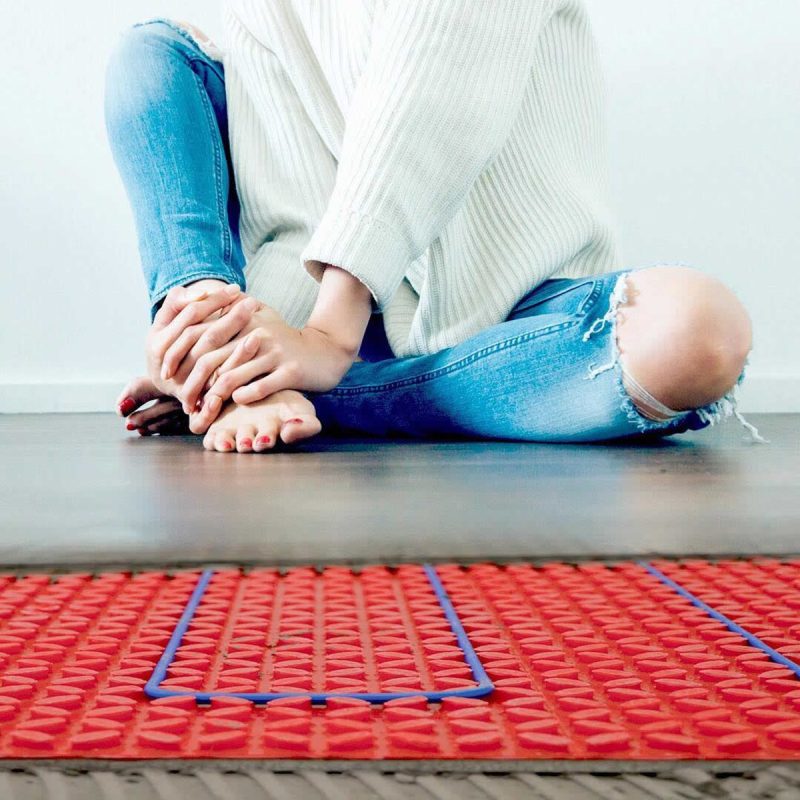
What’s Your Budget?
What type of budget are you working with? Adding heat to a basement can cost from $1,000 to well over $15,000, depending on the size of your basement, how you heat it, and the company you work with. If this isn’t in your budget yet, it’s a good idea to set aside money for it or look for a company that offers a payment plan. Heating your basement will lower the cost of heating your entire home, so although it might be pricey upfront: it’s worth it to add more comfortable space.
Before You Make Changes
Before you add heating to your basement, it’s vital that you take steps to ensure the space is prepared to store heat. Look into waterproofing new basement walls and adding insulation so that they keep in as much moisture as possible. If your basement isn’t finished yet: you’ll want to finish it so the heat, you add will stay in your home instead of radiating out. Although this can be expensive, it’s worth it and will save you money on heating in the long run.
Ductless Heating or Extending Ductwork
If you don’t have duct-based eating in your home, you generally don’t want to add that to your basement because it can be expensive to add from scratch. A ductless heat pump can be energy efficient, working on heat loss with an indoor air handler that connects via a pipe to a heating unit on the outside of your home. These work great at stopping your pipes from freezing in the winter.
If your home does use duct heating, you can possibly get this extended into your basement! Before you start on this project, you should talk to a contractor or HVAC professional and check if the age and size of your current unit could handle having more space to heat. If not, you may need a separate heating unit or to upgrade the size and age of your current one for your entire home.
Heating the Floor
One of the best ways to heat basement spaces is to heat the floor. Since heat naturally rises, this will quickly warm an entire room and then permeate up through the floors above it.
Floor heating is great at removing excess moisture from a room, doesn’t risk blowing allergens back into the air, is noiseless, and doesn’t change the look of your basement. This is an ideal way to heat any space.
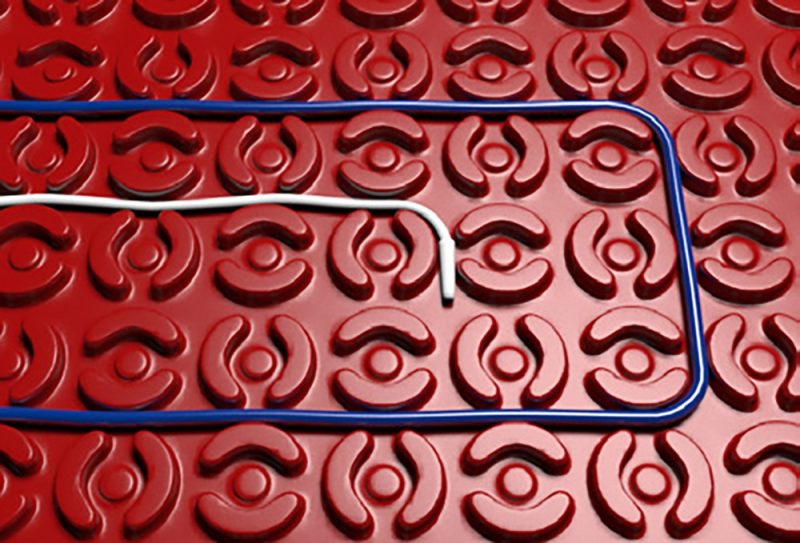
Basement Wall Heaters
Wall heaters are one of the more recognizable heating styles and can keep a basement very warm. With a choice between gas or electric, these units are permanently self-contained and recessed inside your wall. They’re great at heating up space by simply using the cold air in a room and heating it.
These don’t continue to heat a space once it’s turned off, unlike baseboard heaters: but if it’s a gas wall heater, you do leave yourself open to the risk of carbon monoxide poisoning. These are also noisy, even though they don’t take up any space.
Electric Space Heaters
If you want a mobile option, you can swap out whenever you decide to: electric space heaters could be your best choice. These are a fantastic way to add warmth to any space and to rearrange in an instant if you don’t like the spot, they’re in. Not only are these affordable, but they also come in many attractive options. Unfortunately, these aren’t energy efficient.
Baseboard Heaters
Baseboard heaters are a simple and straightforward option for homeowners who don’t want any external vents. There are two options for these, convection and hydronic, that each has unique ways of heating: but also, each has a risk if something goes wrong. These can be hardwired into your home’s electric system or simply plugged in, depending on which unit you purchase, but they can work extremely well if in the right space.
Stove Heaters and Fireplaces
If you want your basement to have a classic rustic look: consider going for a stove or fireplace look for your heating! You can burn wood pellets or get a gas heater and enjoy how energy efficient they are.
Unfortunately, these require you to spend time filling them with wood or fuel and need an external vent so they can remove the carbon monoxide that they produce while heating the space they’re in. These are gorgeous to look at but possibly not the best option for everyone.

Remember, Heat Rises!
Updating your basement heating isn’t going to just keep your basement warmer; it helps your entire home stay warm! Keep your basement warm and watch your entire home feel more comfortable.
Buy now at www.flooringsupplyshop.com 323-731-8453
Copyright © 2022 FlooringSupplyShop.com
